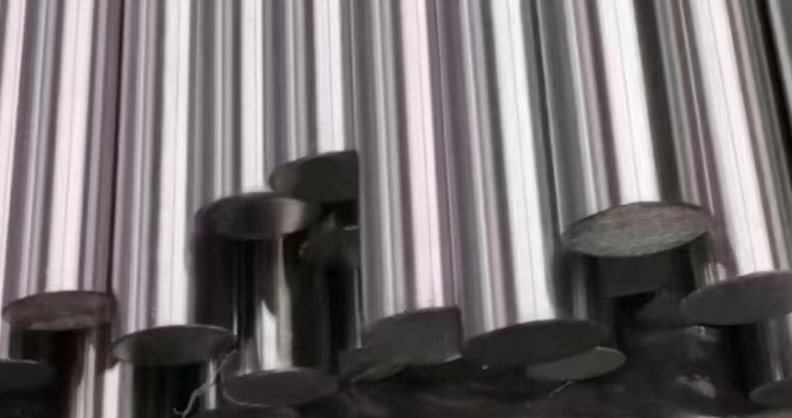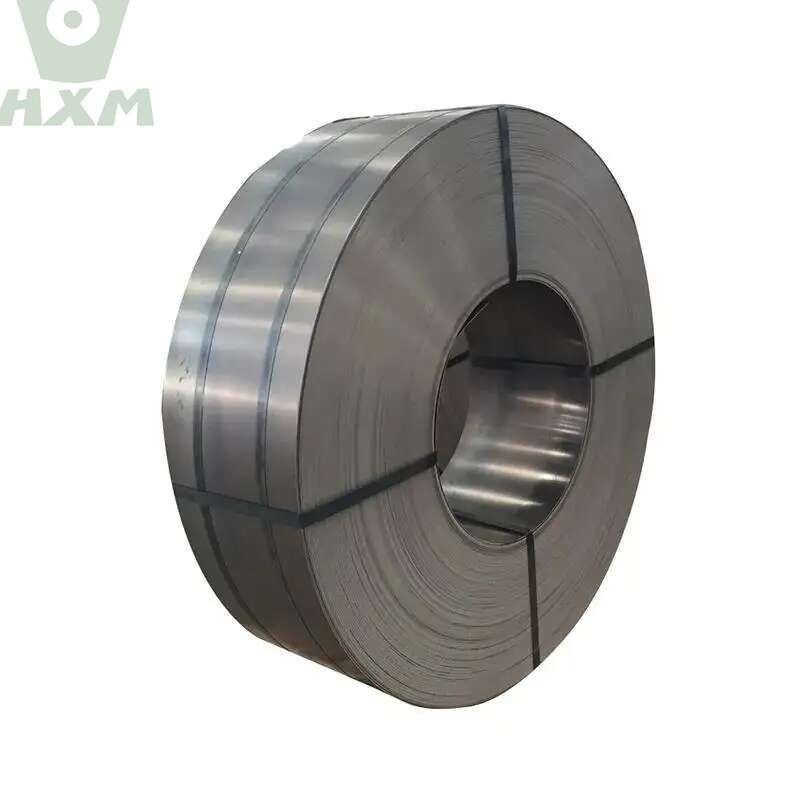The question of whether is tool steel stronger than steel is a common one in the field of metallurgy and materials science. In this article, we will try to answer this question in detail.

Is tool steel stronger than steel?
Firstly, it’s important to clarify the terminology. Steel, in its broadest sense, refers to an alloy of iron with carbon, and it encompasses a vast range of alloys with different properties. Tool steel, on the other hand, is a specific type of steel formulated to excel in tool-making applications where extreme hardness, wear resistance, and toughness are required.
Strength in metallurgy is a measure of a material’s resistance to deformation or fracture under an applied force. Tool steel, due to its high carbon content and alloying elements like chromium, molybdenum, and vanadium, is designed to achieve exceptional hardness and wear resistance. This hardness is achieved through a combination of alloy composition and heat treatment processes such as quenching and tempering.
However, it’s crucial to note that strength is not a singular property. There are various types of strength, including tensile strength, yield strength, impact strength, and fatigue strength. Tool steel might excel in some of these metrics, especially when it comes to compressive strength and resistance to wear, but it might not be the best choice for applications that require high ductility or toughness.
Moreover, plain carbon steel, which is a more general category of steel, can vary widely in its mechanical properties depending on its carbon content and the heat treatment it receives. Low-carbon steel, for instance, is known for its ductility and machinability, while high-carbon steel offers greater hardness but may be more brittle.
When comparing tool steel to plain steel, it’s also important to consider the intended application. Tool steel is typically used in the manufacturing of cutting tools, dies, and molds where high wear resistance and edge retention are paramount. Plain steel, on the other hand, finds its way into a wide range of applications from structural beams to fasteners, where a balance of strength, ductility, and cost is often more critical.
Furthermore, the cost of material is another factor that cannot be ignored. Tool steel, due to its specialized alloy composition and manufacturing processes, is typically more expensive than plain steel. This cost factor often plays a significant role in material selection, especially in large-scale manufacturing operations.
Conclusion
In summary, the question of whether tool steel is stronger than steel is not straightforward. It depends on the specific type of steel being compared, the mechanical properties being evaluated, and the intended application.
Tool steel, with its specialized alloy composition and heat treatment, excels in certain aspects like hardness and wear resistance, making it the ideal choice for tool-making and high-wear applications. However, plain steel, with its versatility and cost-effectiveness, remains a viable option for a wide range of engineering and construction tasks. Therefore, the choice between tool steel and plain steel should be based on a comprehensive analysis of the specific requirements and constraints of the intended application.
Thank you for reading our article and we hope it can help you to find the answer to the question: Is tool steel stronger than steel? If you are looking for tool steel suppliers and manufacturers online now, we would advise you to visit Huaxia Steel.
As a leading supplier of tool steel products from Shanghai China, Huaxia Steel offers customers high-quality tool steel, carbon steel, alloy steel, and carbon steel tubes at a very competitive price.








